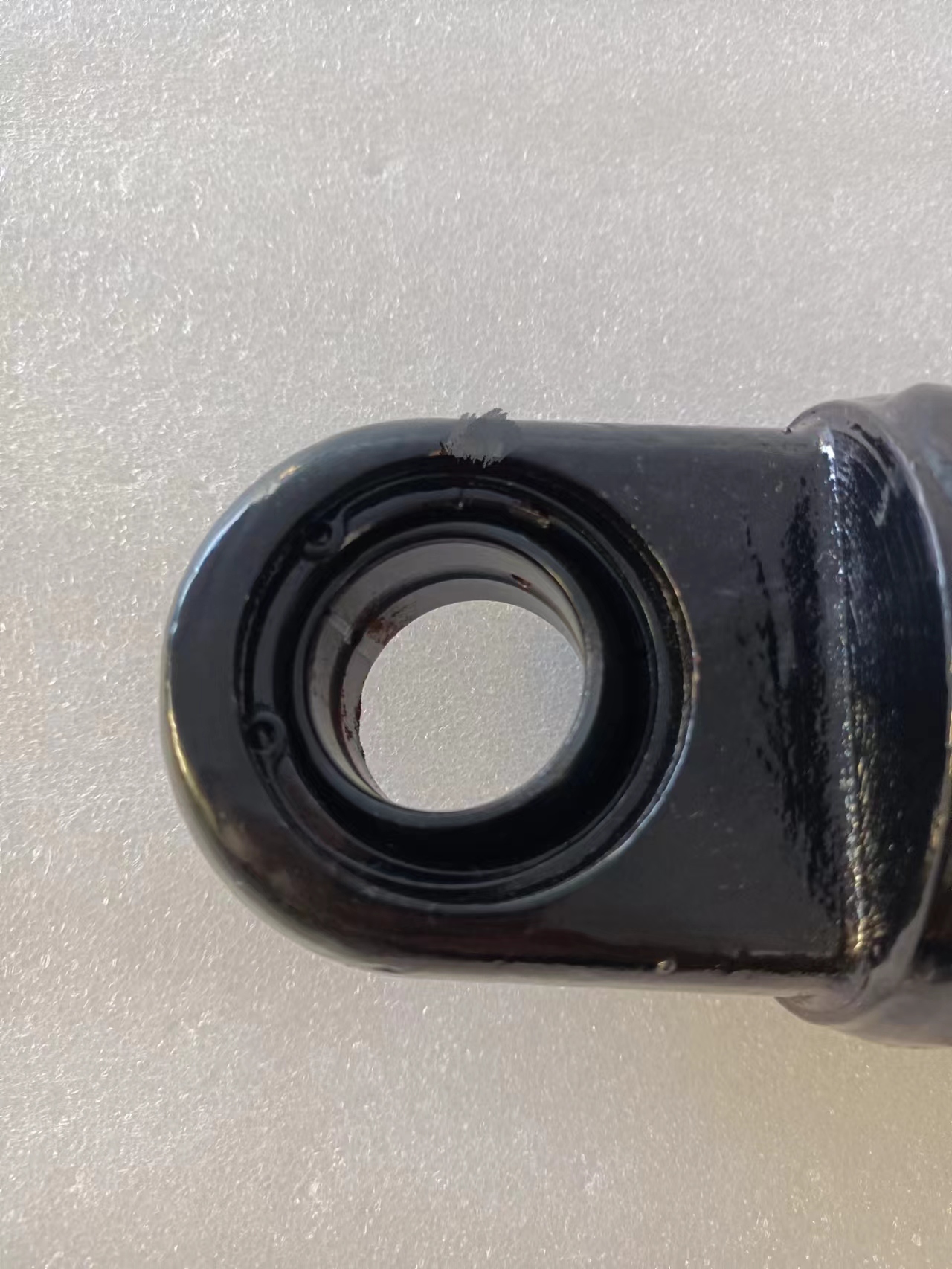Oct . 11, 2024 14:21 Back to list
Hydraulic Steering Cylinders for Enhanced Vehicle Control and Performance Solutions
Understanding Hydraulic Steering Cylinder Products
Hydraulic steering cylinders play a crucial role in a variety of machines and vehicles, offering precise and efficient steering control. These components are essential in sectors ranging from agriculture to automotive and even aerospace. In this article, we will explore the characteristics, advantages, applications, and maintenance of hydraulic steering cylinder products.
What is a Hydraulic Steering Cylinder?
A hydraulic steering cylinder is a type of actuator that converts hydraulic energy into mechanical motion, allowing for smoother and more controlled steering movements. It typically consists of a cylinder, piston, and hydraulic fluid. When hydraulic fluid is pumped into the cylinder, it pushes the piston, which, in turn, moves the steering arm. The design allows for a significant amplification of force, making it easier to steer heavy machinery and vehicles.
Key Features and Advantages
1. Precision Control Hydraulic steering cylinders provide precise control over steering movements. The hydraulic system can be fine-tuned to respond effectively to the operator's inputs, allowing for quick adjustments and improved maneuverability.
2. Power Assistance One of the primary advantages of hydraulic systems is the power assistance they offer. This is particularly beneficial in vehicles and machinery that require substantial effort to steer. With hydraulic cylinders, operators can steer with minimal physical exertion, reducing fatigue and increasing comfort during operation.
3. Durability High-quality hydraulic steering cylinders are designed to withstand the rigors of heavy use. They are built from robust materials that resist wear and tear, ensuring a long service life. Moreover, they often feature seals that prevent hydraulic fluid leaks, which can compromise performance.
4. Versatility Hydraulic steering cylinders are used in various applications, from agricultural machinery like tractors to construction equipment and commercial vehicles. This versatility makes them an essential component in multiple industries.
5. Self-bleeding Features Many modern hydraulic steering systems are designed with self-bleeding capabilities. This feature minimizes the need for manual air bleeding, which can be a cumbersome task. It ensures that the system remains at optimal efficiency with less maintenance.
Applications of Hydraulic Steering Cylinders
Hydraulic steering cylinders are prevalent in a wide range of applications. Here are some of the most common sectors utilizing these products
- Automotive Industry In automobiles, hydraulic steering systems provide improved handling and steering comfort, significantly enhancing the driving experience.
hydraulic steering cylinder products

- Agriculture Tractors and heavy agricultural equipment often rely on hydraulic steering cylinders for increased steering precision, especially when maneuvering in tight spaces or on uneven terrain.
- Construction Excavators, bulldozers, and other construction machinery utilize hydraulic steering to facilitate complex maneuvers on job sites. This allows operators to have better control over large equipment.
- Marine Applications In boats and ships, hydraulic steering systems are used to ensure smooth navigation and control, essential for safety and efficiency at sea.
- Aerospace Hydraulic steering systems are also prevalent in certain types of aircraft, enabling pilots to have reliable control over the aircraft’s orientation and movement.
Maintenance of Hydraulic Steering Cylinders
To ensure the optimal performance of hydraulic steering cylinders, regular maintenance is crucial. Here are some maintenance tips
1. Routine Inspection Regularly check for signs of wear and tear, including leaks, cracks, or corrosion. Early detection can save major repairs later on.
2. Fluid Levels Monitor and maintain correct hydraulic fluid levels. Low fluid levels can lead to poor steering response and potential damage to the hydraulic system.
3. Seal Integrity Inspect seals regularly for breakdown or leaks. Replacing worn seals promptly can prevent hydraulic fluid loss and maintain performance.
4. Cleaning Keep the cylinder area free from dirt and debris, which can lead to contamination of the hydraulic fluid and ultimately damage the system.
5. Consult Professional Help If you notice any unusual behavior or performance issues, it is advisable to seek the help of a professional to diagnose and address the problem.
Conclusion
Hydraulic steering cylinders are an essential component in the realm of machinery and vehicles, providing enhanced steering control, comfort, and efficiency across various applications. Understanding their features, benefits, and maintenance practices can help operators and businesses ensure these systems perform optimally, ultimately leading to improved productivity and safety in their operations. As technology continues to evolve, the advancements in hydraulic steering systems will likely further enhance their performance, making them even more indispensable in modern machinery and vehicles.
-
Fork Lift Power Units - Hebei Shenghan | Efficiency, Reliability
NewsJul.13,2025
-
1.5-Ton Turbocharged Cylinder-Hebei Shenghan|Hydraulic Solution,Energy Efficiency
NewsJul.13,2025
-
Auto Hoist Power Units-Hebei Shenghan|Efficiency&Industrial Lifting
NewsJul.13,2025
-
Double Acting Power Units-Hebei Shenghan|Hydraulic Solutions,Industrial Efficiency
NewsJul.13,2025
-
1.5 Ton Lifting Cylinder 70/82-40-290-535 - High-Performance Hydraulic Solution | Hebei Shenghan
NewsJul.13,2025
-
Fork Lift Power Units - Hebei Shenghan | Efficiency&Reliability
NewsJul.13,2025
